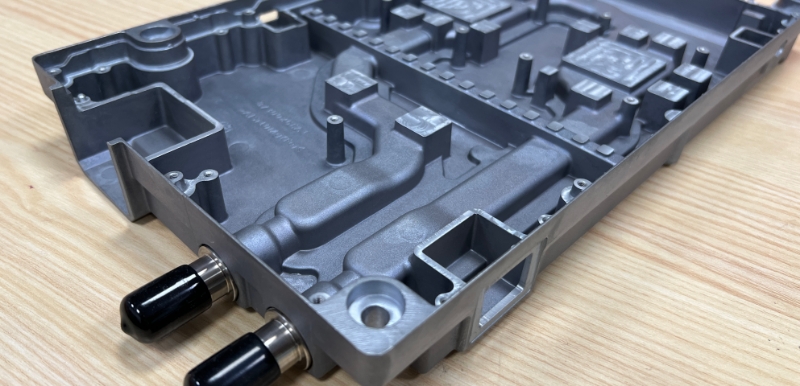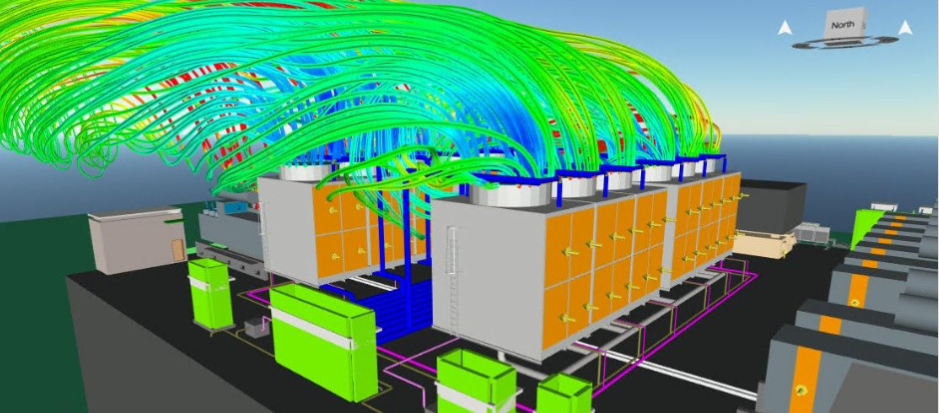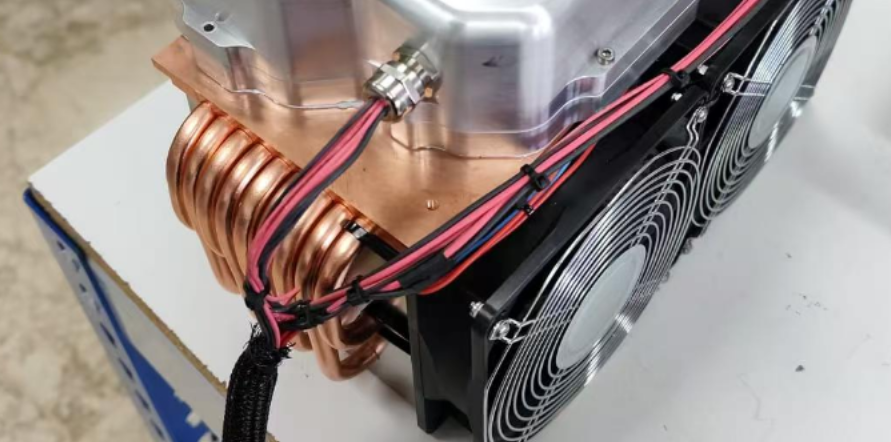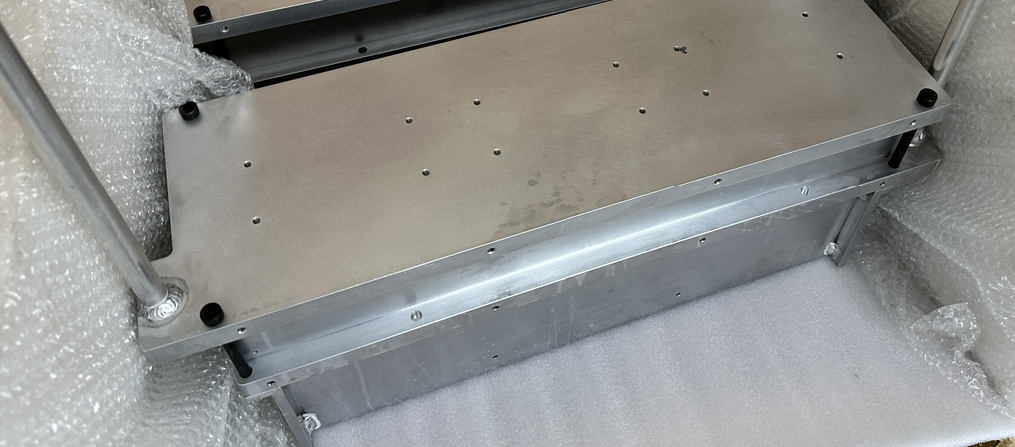In the field of new energy, the safety performance of lithium-ion power battery systems is of vital importance. Among them, the issue of thermal runaway is a key factor affecting its safety. To effectively address the risks brought about by thermal runaway, thermal protection design and thermal runaway suppression technology have become the key research directions, which can be mainly carried out from the levels of cells, modules, and the entire battery pack.
I. Thermal Protection Design between Cells
Different types of cells have different thermal protection structures:
- Cylindrical Batteries: A(encapsulation structure) is adopted, and the cells are connected using thermal conductive adhesive PCM. This method can effectively control the heat conduction between cells and inhibit thermal diffusion, ensuring the stable operation of the cells.
- Soft Pack Batteries: Aerogel foam and mica plates are used for connection. Aerogel foam has excellent thermal insulation performance, and mica plates can effectively block heat transfer, thus achieving thermal protection between cells.
- Prismatic Batteries: Aerogel is combined with a silicone rubber frame and a PET film, and heat insulation inserts are added to form a thermal protection structure. The aerogel provides thermal insulation, the silicone rubber frame provides sealing, and the PET film and heat insulation inserts further prevent heat propagation, enhancing the thermal stability of the cells.
II. Thermal Protection Design of Battery Modules
The goal of thermal protection for battery modules is to minimize the scale of thermal runaway. At the module level, materials and structures such as mica plates, glass fiber, ceramicized silicone rubber, and aerogel are applied in thermal protection design. These materials can effectively delay or prevent thermal diffusion between modules, reduce thermal interaction between modules, and lower the risk of thermal runaway, ensuring the safe operation of battery modules.
III. Thermal Protection Design of the Entire Battery System
- Upper Shell Protection: The upper shell of the battery pack uses sheet materials coated with a fireproof coating. This design can improve the fireproof ability of the upper shell and block the spread of flames, providing basic protection for the battery pack.
- Cooling Circuit Protection: The cooling circuit of the battery pack uses a nylon water pipe protective sleeve combined with ceramic silicone tape to prevent coolant leakage and insulation failure. The reliable operation of the cooling circuit is crucial for the thermal management of the battery system, ensuring that the coolant can effectively take away the heat generated by the battery.
- Electrical Connection Protection: Mica tape and ceramic silicone tape are used to protect the electrical connections such as copper buses in the battery pack to prevent the shell from being punctured by arcs and causing a fire. At the same time, this protection can also prevent insulation failure caused by liquid leakage, ensuring the safety of electrical connections.

IV. Thermal Runaway Suppression Technology of the Battery System
- Emergency Cooling System: The entire vehicle cooling circuit is utilized, and a system composed of a water tank, water pump, etc. conducts emergency cooling of the cells with thermal runaway. The air cooling system also participates in this process. Through circular cooling, the temperature of the cells can be rapidly reduced, effectively suppressing the development of thermal runaway. Good thermal protection between cells is a prerequisite for implementing emergency cooling, which can buy more time for the cooling system.
- Fire Extinguishing System: For thermal runaway situations, different types of fire extinguishing materials are used. These include gaseous materials such as heptafluoropropane, liquid materials such as perfluoroacetone, and solid materials such as aerogel powder and potassium salts. These materials can play a role in effectively extinguishing fires and reducing the harm caused by thermal runaway according to the specific situation of thermal runaway.
In conclusion, the thermal protection design of lithium-ion power battery systems needs to comprehensively consider multiple levels such as cells, modules, and the entire battery pack, and conduct targeted design based on the characteristics and diffusion paths of thermal runaway of cells. The combination of reasonable thermal protection design and thermal runaway suppression technology can effectively control the scope and impact of thermal runaway, providing a strong guarantee for the safe operation of lithium-ion power battery systems and promoting the healthy development of the new energy industry.







